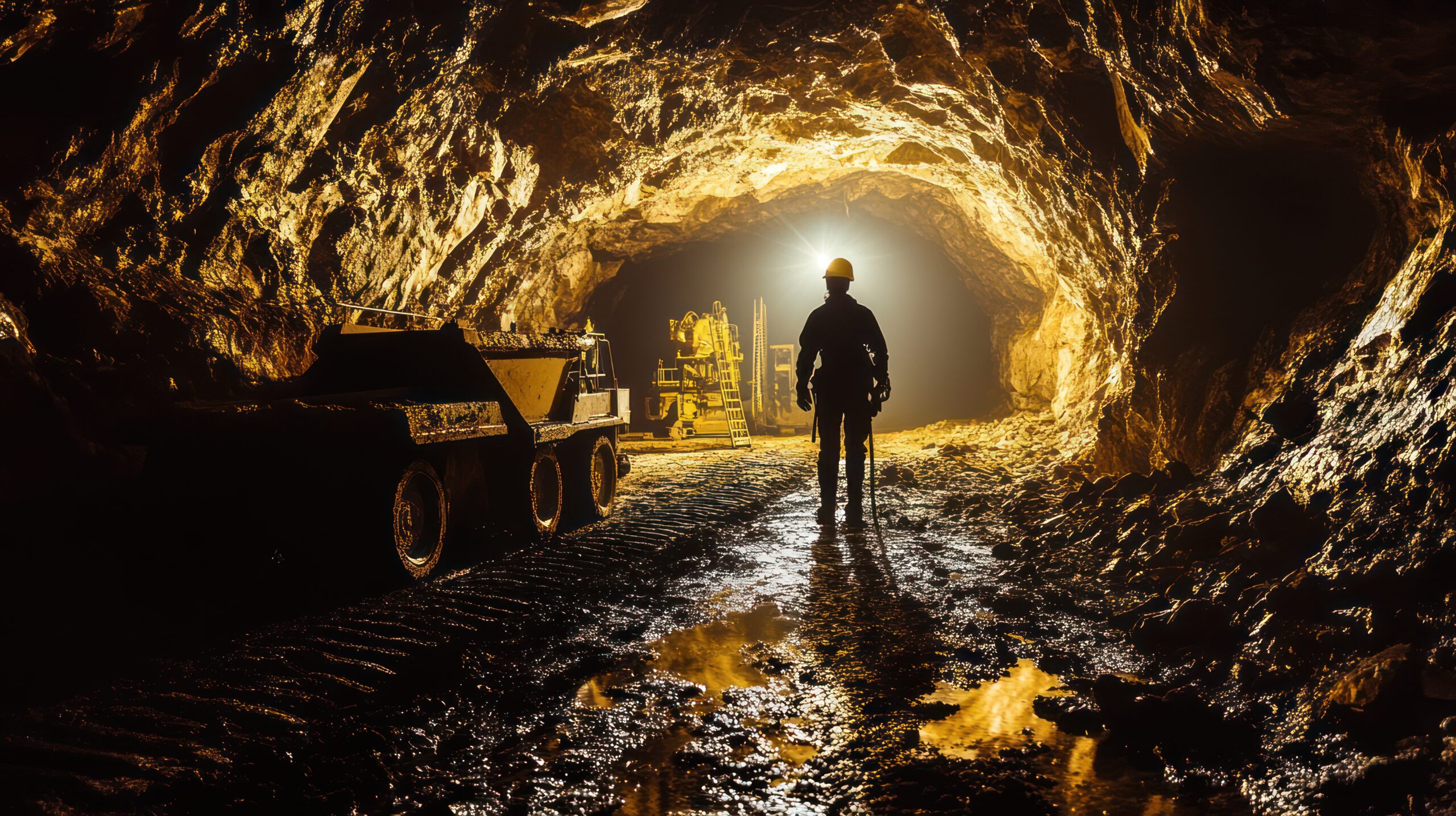Should investors be “loading up” in anticipation of a commodity bull market or will juniors be forced to continue the “belt-tightening” measures which have left them focusing on survival rather than growth for the last two years?
Complicating matters this year are three elections – one complete, the other two imminent. Ironically, the two local elections may matter less to the immediate future of the sector.
Instead, it is Donald Trump’s return to the White House which is set to define the year on everything from market sentiment to critical minerals supply chains and the gold price.
The problem is, no one is confident in their reading of how the Administration will enact President Trump’s campaign pledges. The standard assumption is that broadly the market will be buoyed by his arrival which will be good for general sentiment and economic activity. However, his specific action on tariffs, climate change, EVs and politics will have as much influence as any wider approach.
It is incredibly difficult to theorise how this will all play out. Will Trump’s protectionist intentions coalesce with the remnants of predecessor Joe Biden’s Inflation Reduction Act to fuel further domestic critical mineral supply chain growth? Or will his “drill baby, drill” catch-call lead to the US abandoning the EV market altogether in favour of a return to ICE vehicles? Will Tesla’s Elon Musk continue to exert decisive influence on the President and will that mean a softening of Trump’s hostility towards EVs, or just those who are not produced by his closer supporter?
If the US withdraws from the Paris Climate Accord, will the global push towards net zero collapse, leading to the abandonment of renewable energy and transport electrification and thus the end of the critical minerals boom?
It is all up in the air and the various January commentaries I have read from numerous banks, accountancy firms and political experts have left me no more confident in my own forecasts. If I commit any predictions to paper, they are likely to be as successful as my footy tipping hit rate.
There have been a few nuggets to glean from the professional forecasts. One in particular which struck me was from ANZ senior commodity analyst Daniel Hynes.
“Despite these significant political, geopolitical and economic headwinds, we expect the underlying drivers of the energy transition to accelerate momentum,” he said in the bank’s Commodity Call note in January. “The level of maturity and economic attractiveness of technologies for the energy transition means their deployment is less dependent on policy support.”
While Hynes was speaking about the energy transition more broadly rather than EVs specifically, the comment is in keeping with a growing sense that 2025 may be the year EVs and renewables reach the holy grail tipping point of price parity among different consumer groups.
In the Australian mining sector, we are clearing seeing the economic rationale behind installation of renewables, where solar in particular has matured from a “nice to have” boost to green credentials, into a cost-effective option for both mature and new projects.
The technology and, just as importantly, the financing options are now diverse enough to suit most project developments. And although the capital cost means it still unsuitable for mines with short lives, there is little doubt renewables are an increasingly crucial part of the mining energy mix.
Which brings me back to the Australian elections and specifically the Federal Opposition’s push to make nuclear power a key part of the campaign.
This magazine has long been an advocate for nuclear power and uranium mining, platforming the debate in the mid-2000s over the ALP’s archaic anti-uranium mining policy and championing the South Australian Labor Party’s decision to scrap it in favour of a pro-uranium stance from 2005.
The policy, however, still exists in many state ALP branches, Western Australia in particular. It is nonsensical. The world already uses nuclear power, it is a reliable baseload energy source and crucial to many regions if we are to achieve net zero.
Australia should be as proud to supply uranium to the world as it seemingly is to supply lithium, rare earths and other critical minerals.
However, where we shouldn’t muddy the water is over the future of nuclear power in Australia. The Coalition is pushing hard on this policy but the independent assessments I have read put the cost of establishing an industry at eye-watering levels. This is even before you take into account community attitudes and the lack of a workforce capable of building, operating and maintaining nuclear facilities.
I cannot envisage a situation where Australia has a viable nuclear energy sector in my lifetime, the obstacles are simply too high.
The risk for the Australian uranium sector is that it becomes collateral damage in what will certainly be an emotive debate. Instead of convincing Australians of its importance to global decarbonisation, Australian uranium will simply get dragged into another culture war and be frustrated for another generation.

